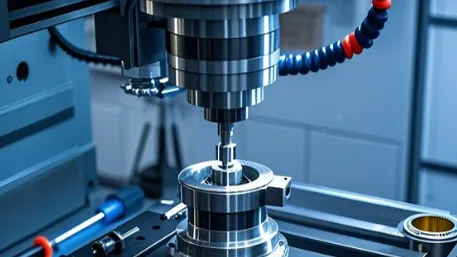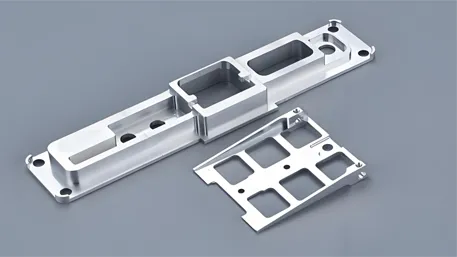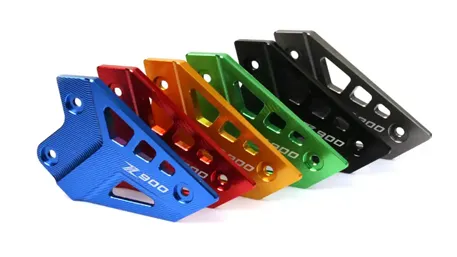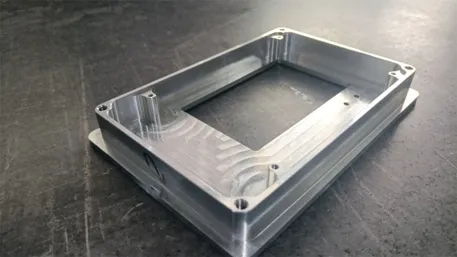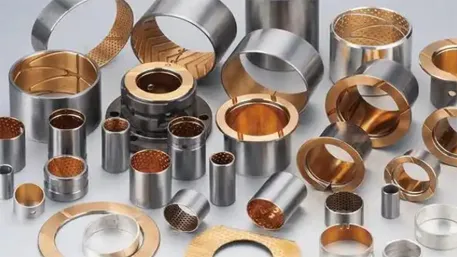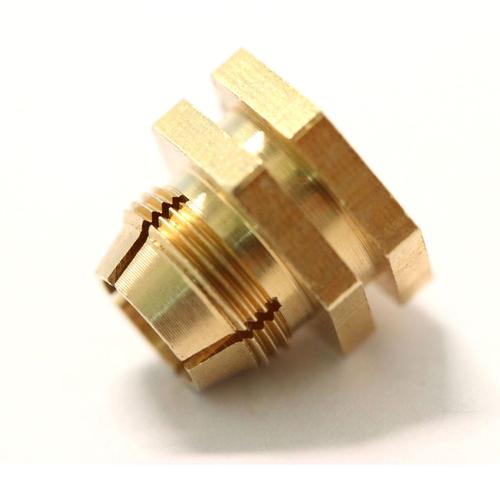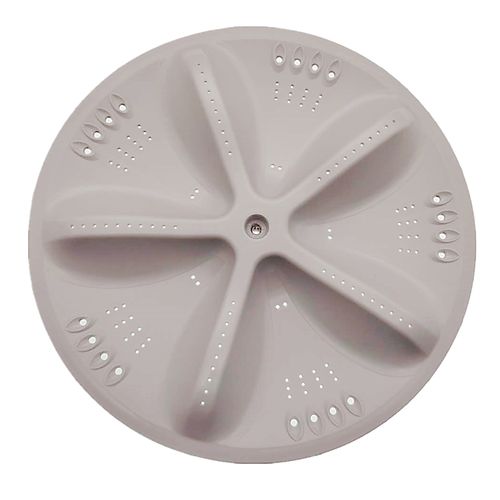
I. Core Material Properties and Application Advantages
(A) Comparison of Mainstream Material Properties
|
Material Type
|
Density (g/cm³)
|
Temperature Range (℃)
|
Core Advantages
|
Typical Certifications
|
|
Polypropylene (PP)
|
0.89–0.91
|
-30 to 120
|
Moist-heat resistance, chemical corrosion resistance, cost-effective
|
LFGB Food Contact Certification
|
|
Acrylonitrile Butadiene Styrene (ABS)
|
1.03–1.07
|
-20 to 80
|
High toughness, easy moldability, easy electroplating
|
UL94 V-0 Flame Retardant Certification
|
|
Polybutylene Terephthalate (PBT)
|
1.31–1.53
|
-40 to 150
|
Low hygroscopicity, high abrasion resistance
|
IEC 60243 Dielectric Strength Certification
|
|
PC/ABS Alloy
|
1.12–1.20
|
-30 to 120
|
Balanced high strength and temperature resistance
|
RoHS Environmental Certification
|
|
Glass Fiber Reinforced Polypropylene (PP+GF)
|
1.05–1.15
|
-20 to 130
|
High rigidity, fatigue resistance
|
ISO 16750-3 Chemical Resistance Test
|
(B) Driving Forces of Customization Requirements
1. Environmental Adaptability
- Moist-Heat Resistance: No deformation after 500 hours in 90%RH/50℃ environment, tensile strength retention ≥80%.
- Detergent Resistance: Swelling rate ≤1.5% after 72-hour immersion in 5% laundry liquid, no surface cracking.
2. Structural Reliability
- Load-Bearing Capacity: Inner tub components must withstand ≥50kg dynamic load (simulating full-load washing conditions), deformation ≤1mm.
- Assembly Precision: Positioning accuracy of clips/screw holes ±0.1mm, ensuring assembly gap with metal frames ≤0.3mm.
3. Functional Adaptability
- Sealing Performance: Waterproof grade IPX4 for sealing components, no leakage under 20kPa pressure test.
- Control Panel Requirements: Weather resistance (QUV-A irradiation 1000 hours, color difference ΔE ≤3), surface hardness ≥2H.
II. Analysis of Four Core Processing Technologies
(A) Injection Molding: High-Precision Structural Processing
- Technical Advantages:
-
- Enables one-step molding of complex rib structures (e.g., inner tub supports), dimensional accuracy ±0.05mm.
-
- Multi-cavity mold design (8–16 cavities per mold), suitable for 50–1000g parts, production efficiency 800–2000 pieces/hour.
- Process Parameters:
-
- Injection pressure 120–180MPa, mold temperature 50–80℃, cooling time 15–25 seconds.
-
- Shrinkage control: 1.2%–1.8% for PP, 0.8%–1.2% for PBT, ensuring assembly tolerance ≤0.03mm.
(B) Blow Molding: Custom Hollow Component Production
|
Process Type
|
Typical Application Scenarios
|
Technical Highlights
|
|
Extrusion Blow Molding
|
Washing machine inner tubs, balance rings
|
Wall thickness uniformity ≥95%, maximum diameter ≤1000mm
|
|
Injection Blow Molding
|
Transparent observation windows, water inlet pipes
|
Optical-grade precision (transmittance ≥90%), interface accuracy ±0.02mm
|
- Technical Advantages:
-
- Multi-layer co-extrusion combines wear-resistant (PP) and UV-resistant (PE) layers, extending service life by 40%.
-
- Inner tub roundness error ≤0.5mm, ensuring drum rotation balance (vibration amplitude ≤1.5mm).
(C) Surface Treatment Technologies
- Functional Coatings:
-
- Antibacterial Treatment: Silver-ion coating (bacteriostasis rate ≥99.9%), suitable for bacteria-prone components like inner tubs and filters.
-
- Detergent-Resistant Coating: Teflon coating (20–30μm thickness), surface tension ≤18mN/m, reducing foam residue.
- Decorative Treatments:
-
- Electroplating: Chrome layer thickness 8–12μm, salt spray test ≥1000 hours, enhancing control panel metallic texture.
-
- Matte Treatment: Surface roughness Ra 1.6–3.2μm, fingerprint resistance (cleaning cycle extended by 50%).
(D) 3D Printing: Rapid Prototyping & Small-Batch Customization
- Process Advantages:
-
- Quickly validates irregular structures (e.g., wave-shaped inner tub walls, clip-on filters), samples delivered in 3 days.
-
- Nylon 12 material strength up to 80MPa, suitable for load-bearing prototype testing.
- Application Scenarios:
-
- Custom high-end model parts (order quantity ≤300 pieces), delivery cycle reduced by 40%.
-
- Reverse engineering for obsolete model parts (3D scanning modeling error ≤0.1mm).
III. Full-Process Customization Solutions
(A) Design and Material Engineering
- Multi-Dimensional Design Support:
-
- Structural Optimization:
-
-
- Inner tub reinforcing ribs at 8–10 ribs/100mm, reducing stress concentration via ANSYS simulation, fatigue life increased by 30%.
-
-
-
- Seal ring lip angle designed at 45°±5°, ensuring dynamic sealing pressure ≥5kPa.
-
-
- Functional Customization:
-
-
- Self-cleaning inner tub: 0.5mm-depth flow channels on inner wall, reducing foam residue by 60%.
-
-
-
- Anti-vibration foot pads: TPU soft rubber + PP hard plastic composite molding, vibration absorption efficiency ≥70% (10–100Hz frequency band).
-
- Precise Material Selection:
-
- Inner Tub & Load-Bearing Parts: PP+30%GF material, bending strength ≥50MPa, adapted to long-term moist-heat environments (water absorption ≤0.05%).
-
- Control Panel: PC/ABS alloy, transmittance ≥85% (indicator area), surface scratch resistance (3H hardness).
- Pre-Processing Technology:
-
- Raw material drying: PBT moisture content controlled ≤0.03% to avoid post-molding hydrolysis cracking.
-
- Color matching: Pantone color accuracy ΔE ≤1.0, supporting custom brand-specific gray tones (L* 40–60, a±5, b±5).
(B) Production and Quality Control
- Flexible Manufacturing Capability:
-
- Rapid Prototyping: 3D printed samples delivered in 48 hours, aluminum mold development cycle 10–15 days (steel mold 35–45 days).
-
- Mass Production:
-
-
- High-speed injection lines: Equipped with Kawasaki robots, daily output 10,000 pieces per machine (16-cavity mold).
-
-
-
- Automated production lines: Integrated visual inspection system, inner tub wall thickness detection accuracy ±0.1mm, defect recognition rate ≥99.5%.
-
- Comprehensive Testing System:
-
- Physical Properties:
-
-
- Load-bearing test: Inner tub loaded with 50kg for 24 hours, diameter deformation ≤0.2%.
-
-
-
- Impact test: 500g steel ball drop from 1m height at -20℃, no surface cracks.
-
-
- Environmental Performance:
-
-
- Moist-heat test: 50℃/95%RH environment for 1000 hours, tensile strength retention ≥75%.
-
-
-
- Detergent resistance test: 10% laundry liquid cyclic flushing 500 times, no swelling or discoloration.
-
-
- Certification Support: Provides GB 4706, CE, ETL, and other certification reports for global market access.
IV. Multi-Scenario Application Solutions
(A) Core Structural Components
- Drum Inner Tub: PP+GF blow-molded, inner wall smoothness Ra≤0.8μm, dynamic balance error ≤5g·cm, adapted for 10–12kg washing capacity.
- Impeller Turntable: Wear-resistant PBT injection-molded, tooth depth 1.5mm, torque transmission efficiency ≥90%, anti-cloth entanglement design.
(B) Functional Parts
- Water Inlet Valve Housing: High-pressure resistant PP, withstanding 1.6MPa water pressure without leakage, compatible with 3/4″ and 1/2″ interfaces (tolerance ±0.05mm).
- Filter: Antibacterial ABS material, filter mesh aperture 0.5mm, clip-on design for disassembly in ≤15 seconds, impurity interception rate ≥95%.
(C) Appearance & Control Components
- Operation Panel: IMD-processed PC/ABS panel, integrated touch buttons (response time ≤5ms), anti-misoperation edge design (chamfer R≥3mm).
- Outer Side Panels: Matte PP material, surface roughness Ra 2.5μm, anti-fingerprint treatment, scratch hiding ability improved by 40%.
(D) High-End Model Customization
- Quiet Washing Machine Parts: Inner tub balance ring with liquid silicone-filled PP housing, vibration noise ≤48dB (washing mode), dynamic balance accuracy grade G2.5.
- Bacteria-Removing Inner Tub: Nano-silver ion-modified PP material, bacteria removal rate ≥99.9% during 60℃ high-temperature washing, compliant with GB 21551.4 standards.
V. Technology Selection Guide
|
Requirement Type
|
Preferred Technology
|
Weight Range
|
Core Indicators
|
Delivery Cycle
|
|
R&D Validation & Small Batches
|
3D Printing + Injection Molding
|
50–500g
|
Rapid iteration, irregular structures
|
Prototype in 3 days, batch in 15 days
|
|
Moist-Heat Resistant Load-Bearing Parts
|
Blow Molding + PP+GF
|
500–2000g
|
High rigidity, hydrolysis resistance
|
Prototype in 7 days, batch in 25 days
|
|
Large-Scale Standardized Production
|
Injection Molding + PP
|
100–1000g
|
Low cost, high chemical resistance
|
Prototype in 5 days, batch in 20 days
|

